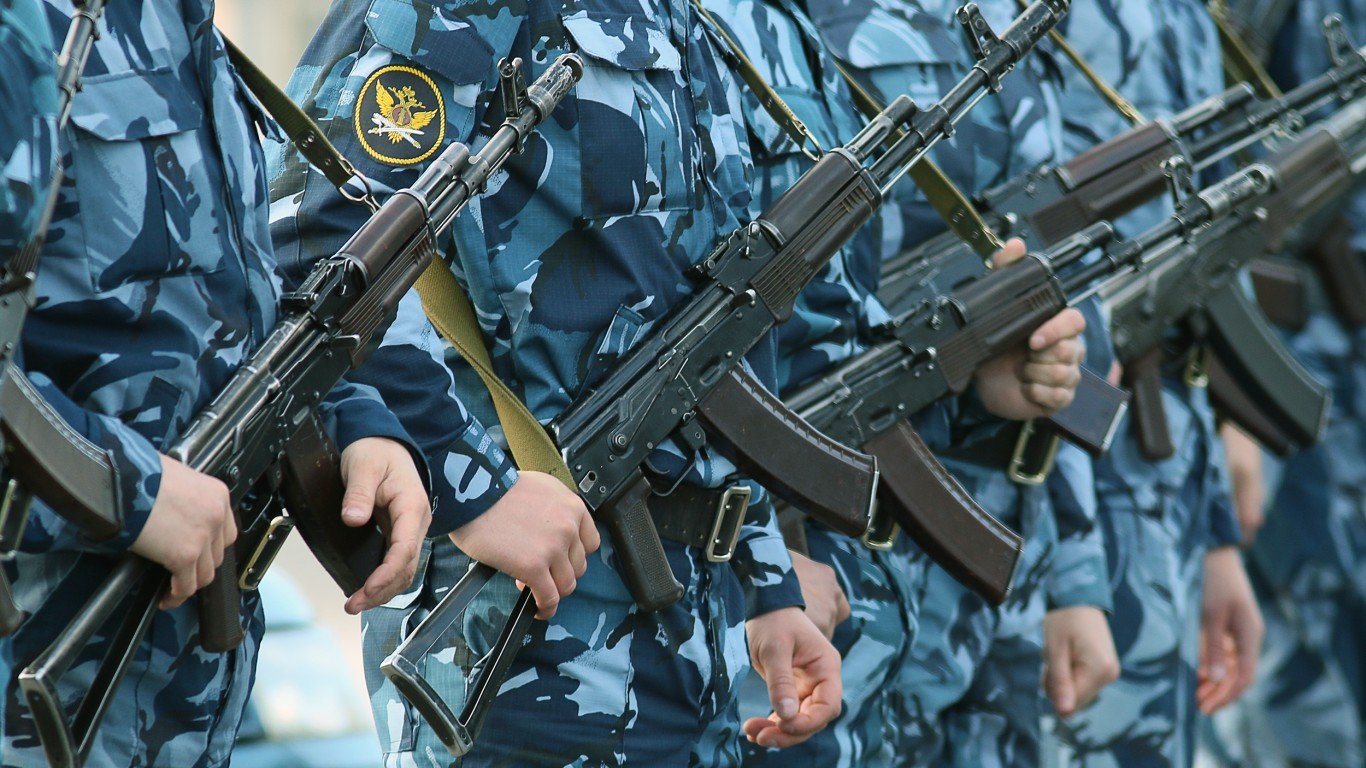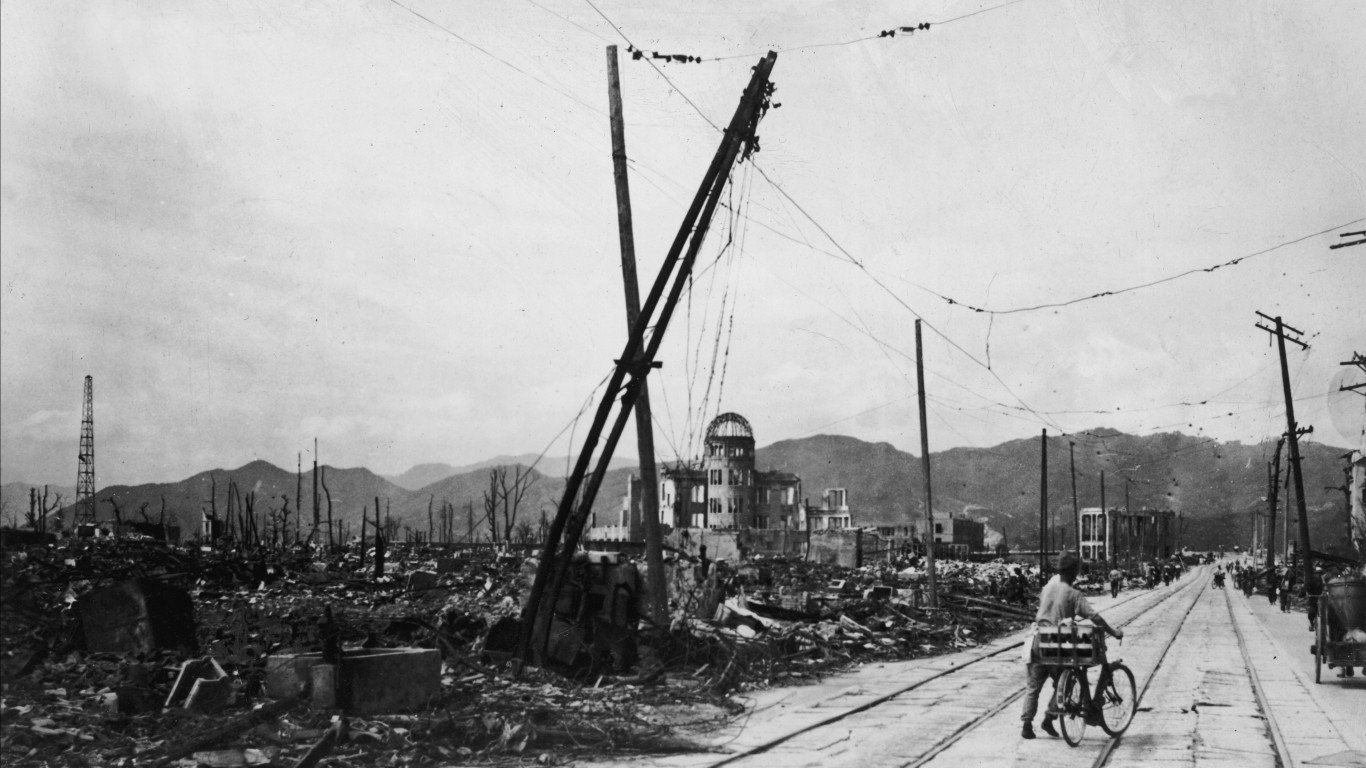

It has been 21 years since the events of September 11, 2001, the last time there was an attack on American soil. The possibility of another such attack on a target in the United States is unthinkable, but such an attack is not the only way way war could wreak destruction on American cities, even if this country is not among the combatants. While the cold war is over, a widespread nuclear war, and a resulting nuclear winter, remains a possibility as long as world powers retain nuclear arsenals.
A nuclear winter is a time period in which the Earth’s atmosphere is so full of smoke and soot from the firestorms caused by nuclear bombs that sunlight is reduced or does not reach the surface of our planet. (These are countries that control the world’s nuclear weapons.)
To determine what would happen in a nuclear winter, 24/7 Wall St. referenced a research article published by Journal of Geophysical Research: Atmospheres, Nuclear Winter Responses to Nuclear War Between the United States and Russia in the Whole Atmosphere Community Climate Model Version 4 and the Goddard Institute for Space Studies ModelE, and an article in the Smithsonian magazine.
The effects of the nuclear war on climate may vary, depending on the severity of the war. At this point, too, a nuclear winter is a theory, and as a theory it has its proponents and detractors. (These are 18 of the deadliest weapons of all time.)
The idea first gained attention in the 1970s, when a group of scientists, including celebrated astronomer Carl Sagan, considered the environmental consequences of a nuclear exchange. In 1983, Sagan penned an article in Parade magazine that said a major nuclear conflict would kill 1 billion people instantly, and that the longer-term results could be much worse.
Drawing on work Sagan did with former students and computer models created by meteorologists, scientists in 1980 determined it would not take a total nuclear exchange to plunge the world into a nuclear winter. They found that average global temperatures could drop up to 25 degrees Celsius after a nuclear war. That would usher in a prolonged period of darkness, famine, and toxic gasses around the world.
Sagan’s position in the nuclear-winter debate was opposed by physicist Edward Teller, one of the fathers of the hydrogen bomb. Teller was a vigorous proponent of the Strategic Defense Initiative, a proposed satellite system that would defend against nuclear missiles. Teller and other defense hawks believed nuclear winter advocates would undermine support for SDI.
Even though a nuclear winter is a chilling concept, there is a possible precedent. Paleontologist Luis Alvarez and his father Walter, a physicist, presented evidence in 1980 that an asteroid had slammed into Earth at the end of the Cretaceous Period 66 million years ago. They hypothesized that the impact of the asteroid had sent so much dust and debris into the air that Earth was darkened for an extended period, during which time the last of the non-bird dinosaurs were wiped out. This hypothesis suggests the possibility that a catastrophe at one location on Earth could have profound long-term effects on the entire planet.
Click here to see what would happen in a nuclear winter

23. Urban fires
Urban fires from the first nuclear strike would cause sooty smoke, or black carbon, arising from a city’s ruins. Though smaller in magnitude, when black carbon was injected into the atmosphere 66 million years ago – when an asteroid impact caused much of the Earth’s surface to burn – it resulted in a mass extinction event.
[in-text-ad]
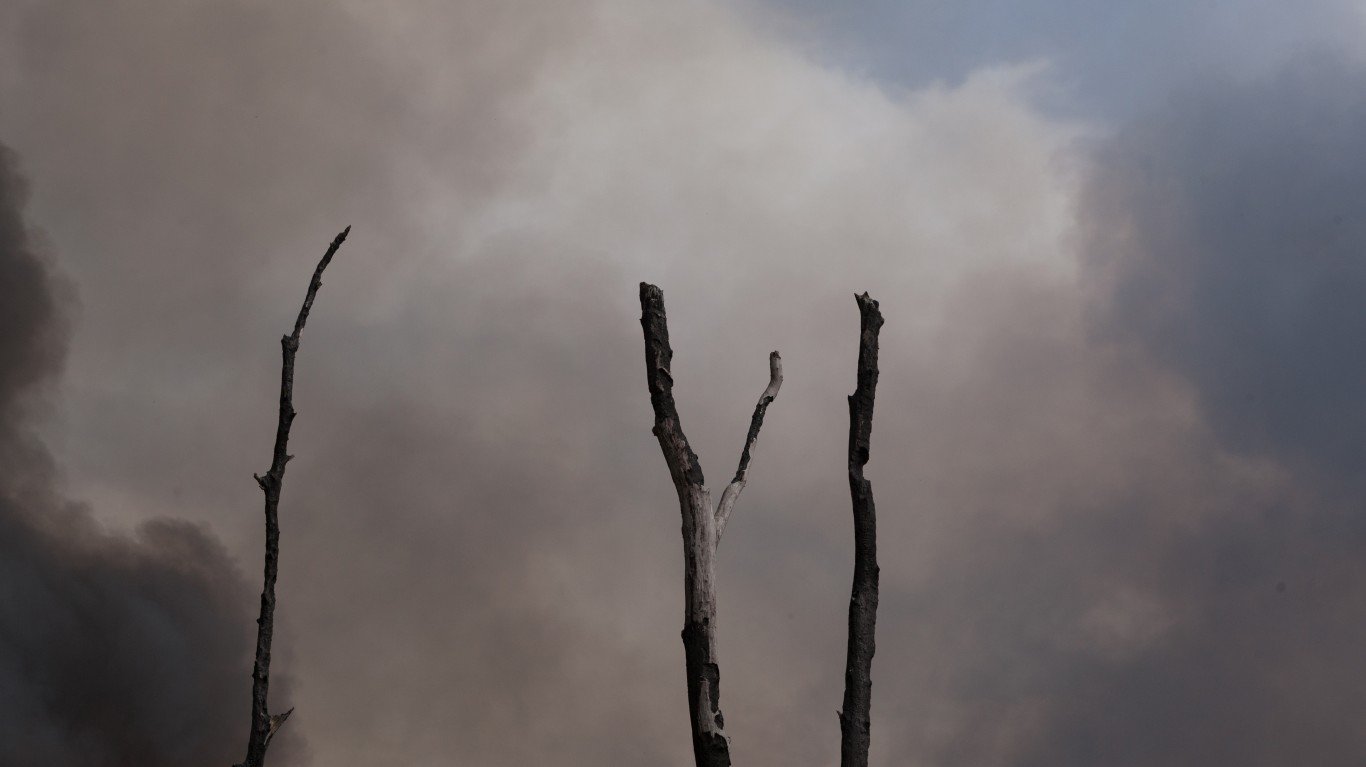
22. Forest wildfires
Wildfires ignited from a firestorm after a nuclear weapons exchange would contribute to a nuclear winter.
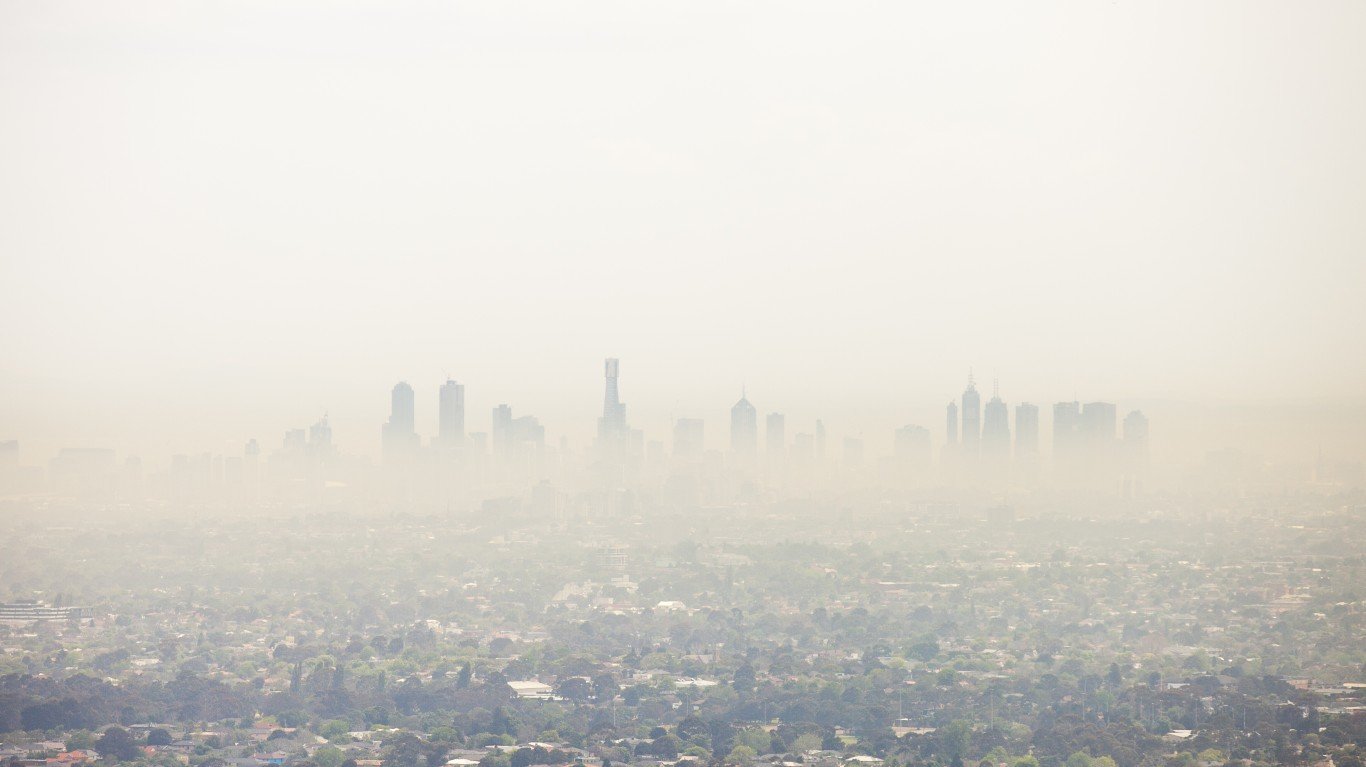
21. Smoke from fallout
Smoke from fallout would block out sunlight for years, causing below-freezing temperatures.
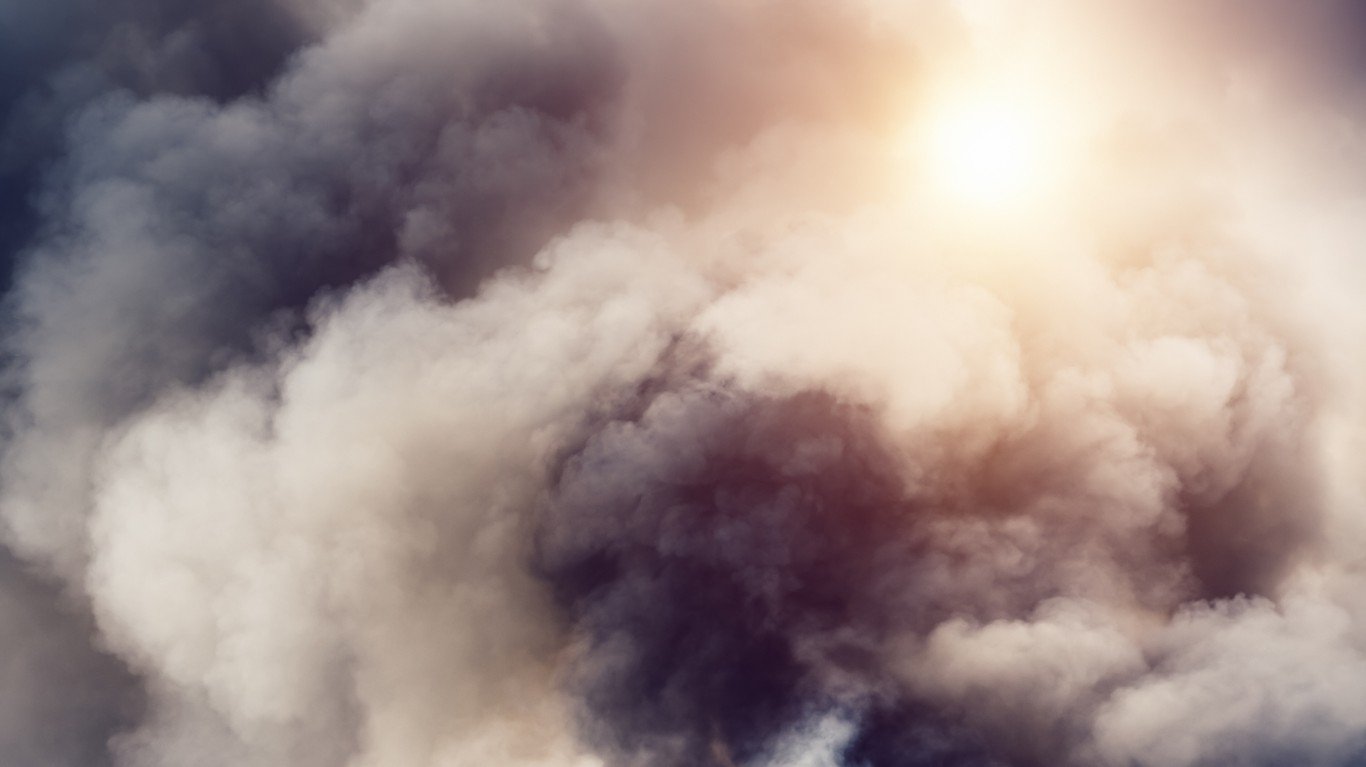
20. Soot in stratosphere
Black carbon would absorb radiation and heat up from sunlight. As a result, the surrounding air would become buoyant, lifting soot into the stratosphere.
[in-text-ad-2]
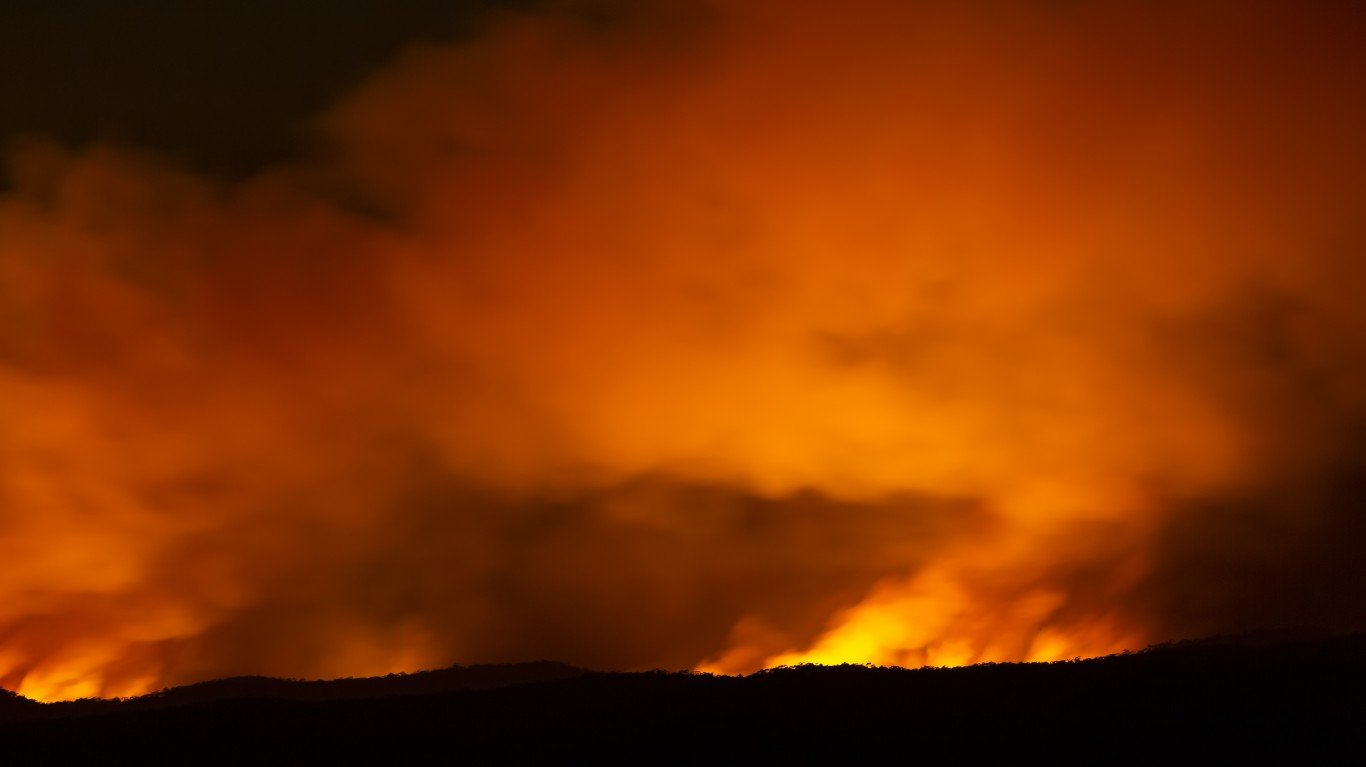
19. Winds carry soot
The buoyant aerosols would reach the higher levels of the stratosphere, encountering winds that would distribute the smoke over the Earth.
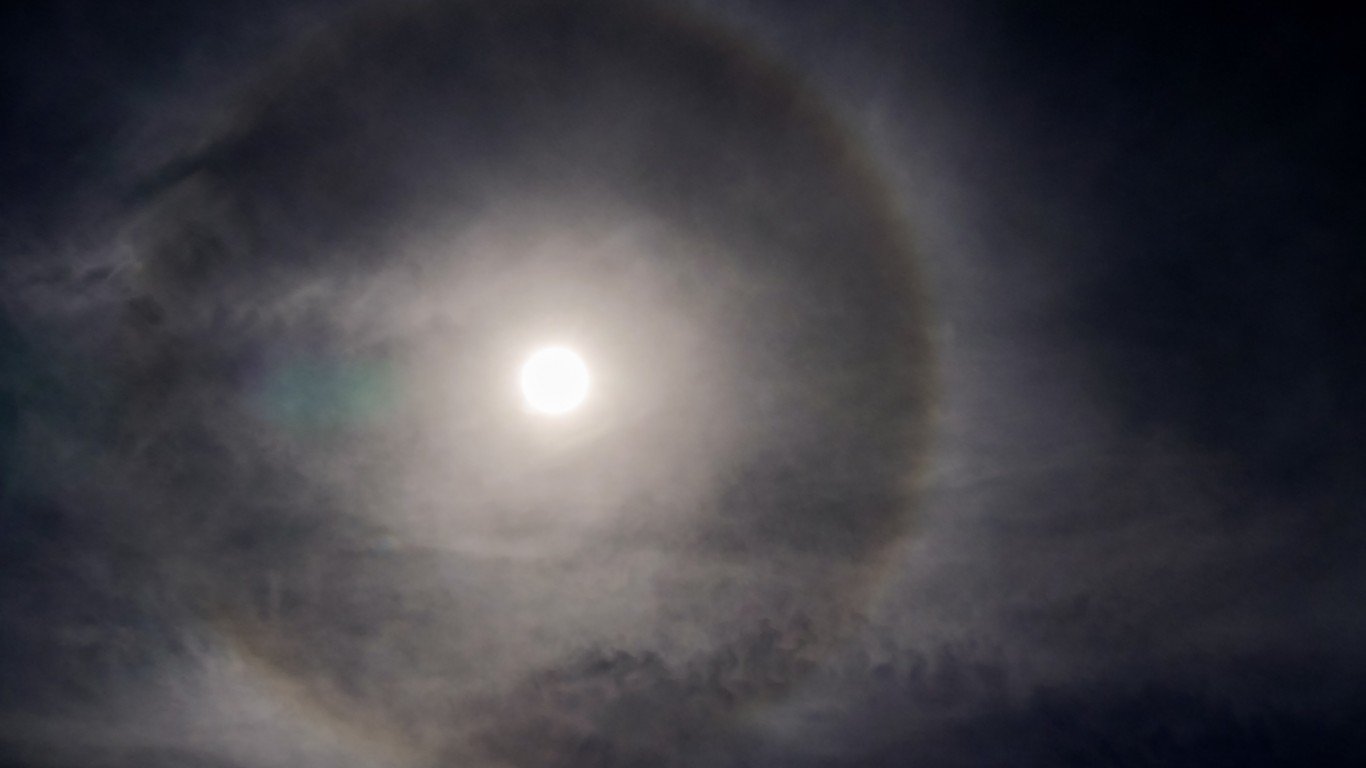
18. Black carbon and precipitation
If black carbon stays in the troposphere it can trigger precipitation. When it is in the stratosphere, black carbon stays there for years, leading to global climate response. Without precipitation as a removal mechanism, aerosols can remain in the stratosphere for months to years depending on particle size.
[in-text-ad]
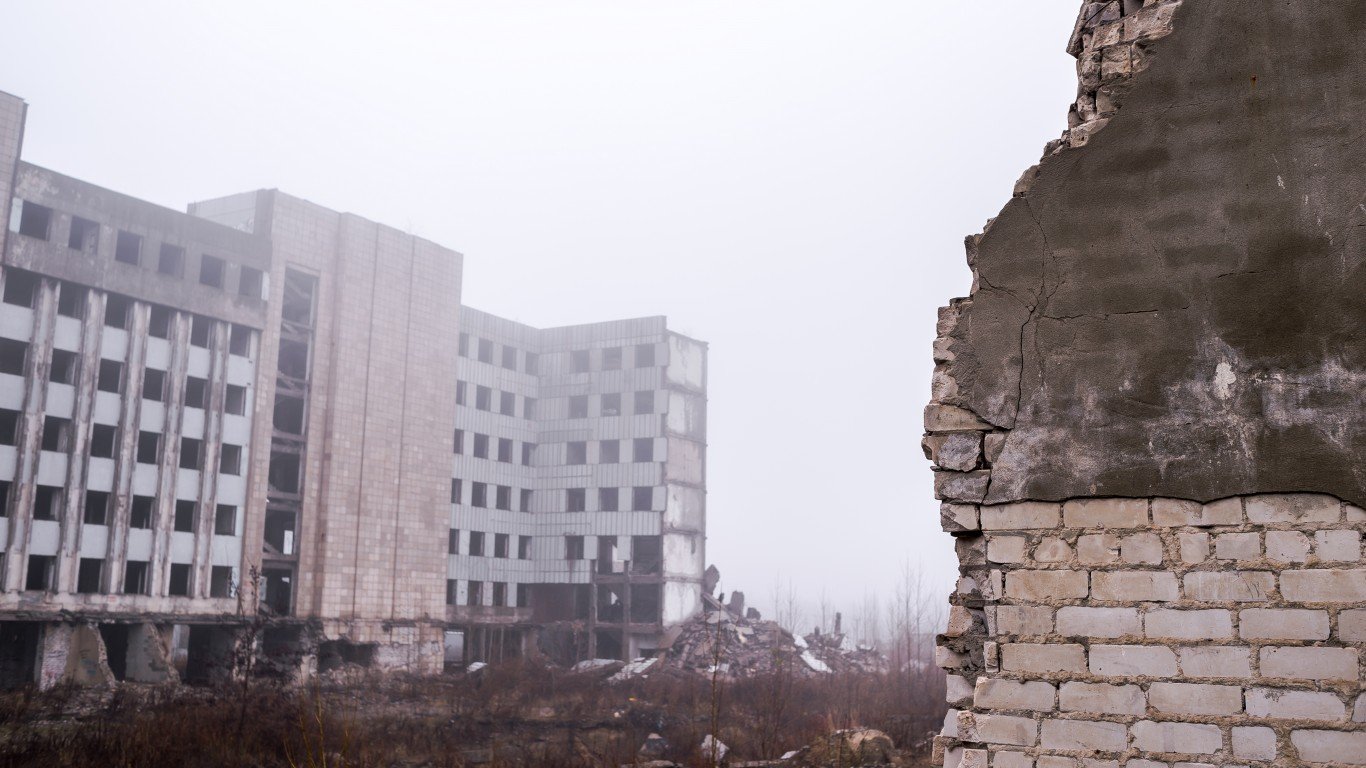
17. Northern Hemisphere soot
After a nuclear exchange, almost the entire Northern Hemisphere would be engulfed in stratospheric soot within the first week.

16. Southern Hemisphere soot
Two weeks after a nuclear conflict, soot would have traveled to the Southern Hemisphere.
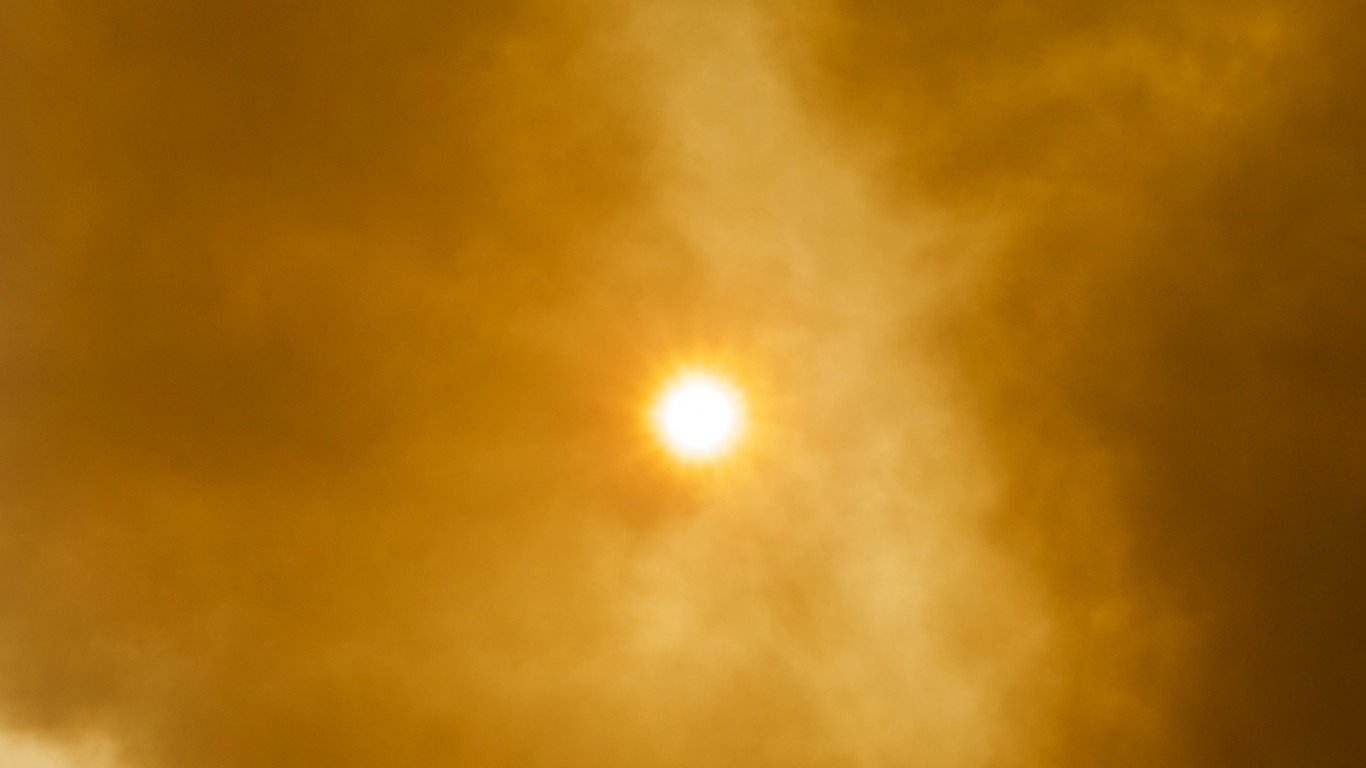
15. Reduced sunlight
Sunlight would be reduced by as much as 90% in some areas after a nuclear war.
[in-text-ad-2]
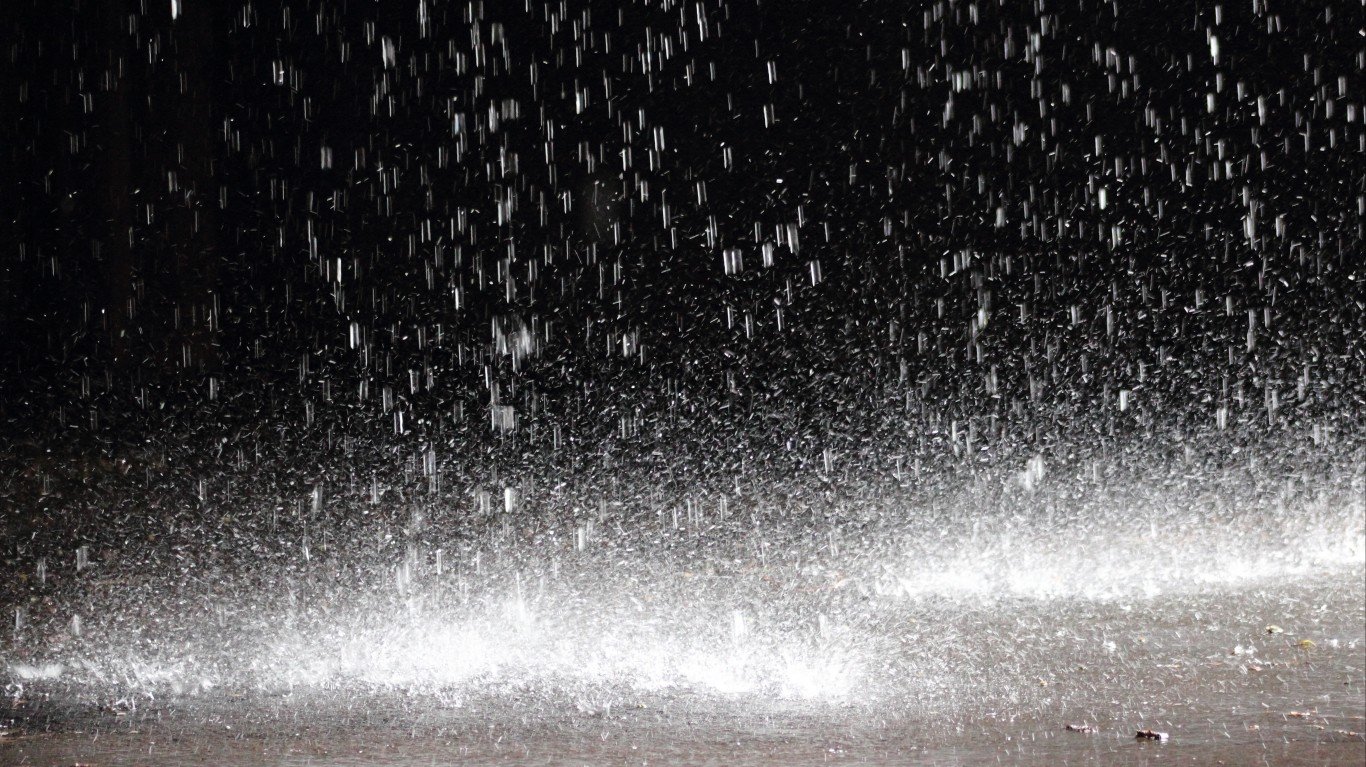
14. Acid rain
According to some studies, up to 25% of smoky soot would fall back to Earth in a heavy black and acidic rain.
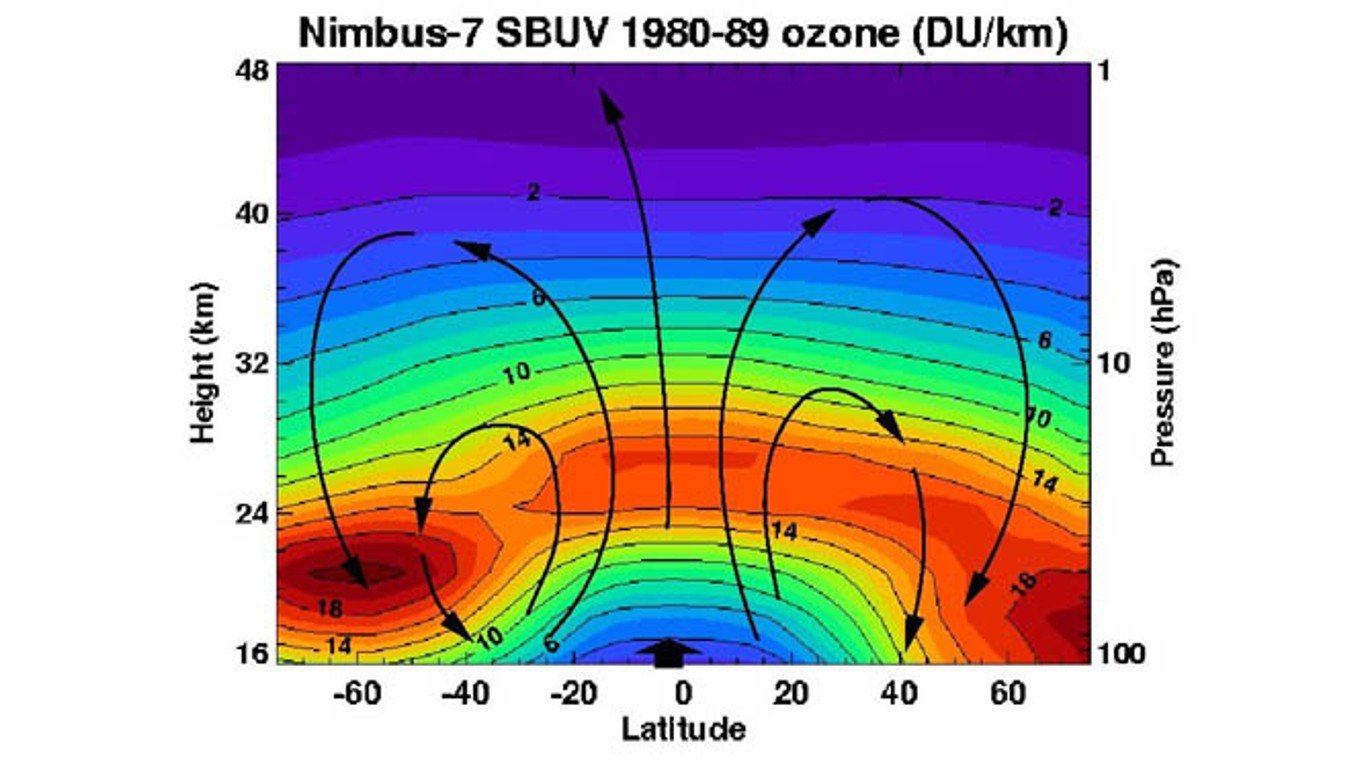
13. Slowing circulation in stratosphere
Once in the stratosphere, soot can remain for a longer time by slowing in the Brewer-Dobson circulation — which is characterized by tropospheric air rising into the stratosphere in the Tropics, moving poleward before descending in the middle and high latitudes. This is because of surface cooling and reduced convection.
[in-text-ad]
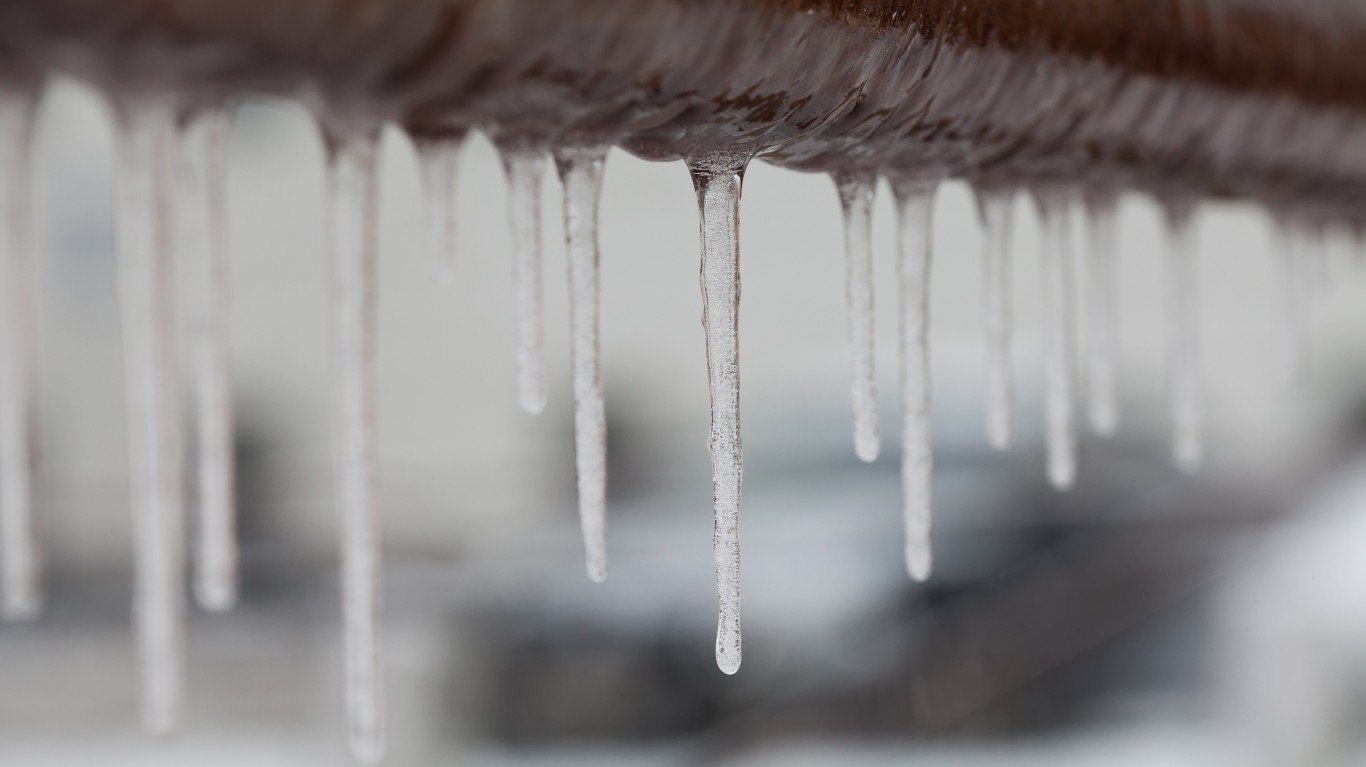
12. Reduction in surface temperature
Models show a significant reduction in global mean surface temperature. Sulfate aerosols generated from gasses injected into the stratosphere by volcanic eruptions would cause global cooling because of the reflection of incoming solar radiation into space. This has been observed numerous times in previous volcanic eruptions. Surface temperatures would be cooler than the last ice age 18,000 years ago.
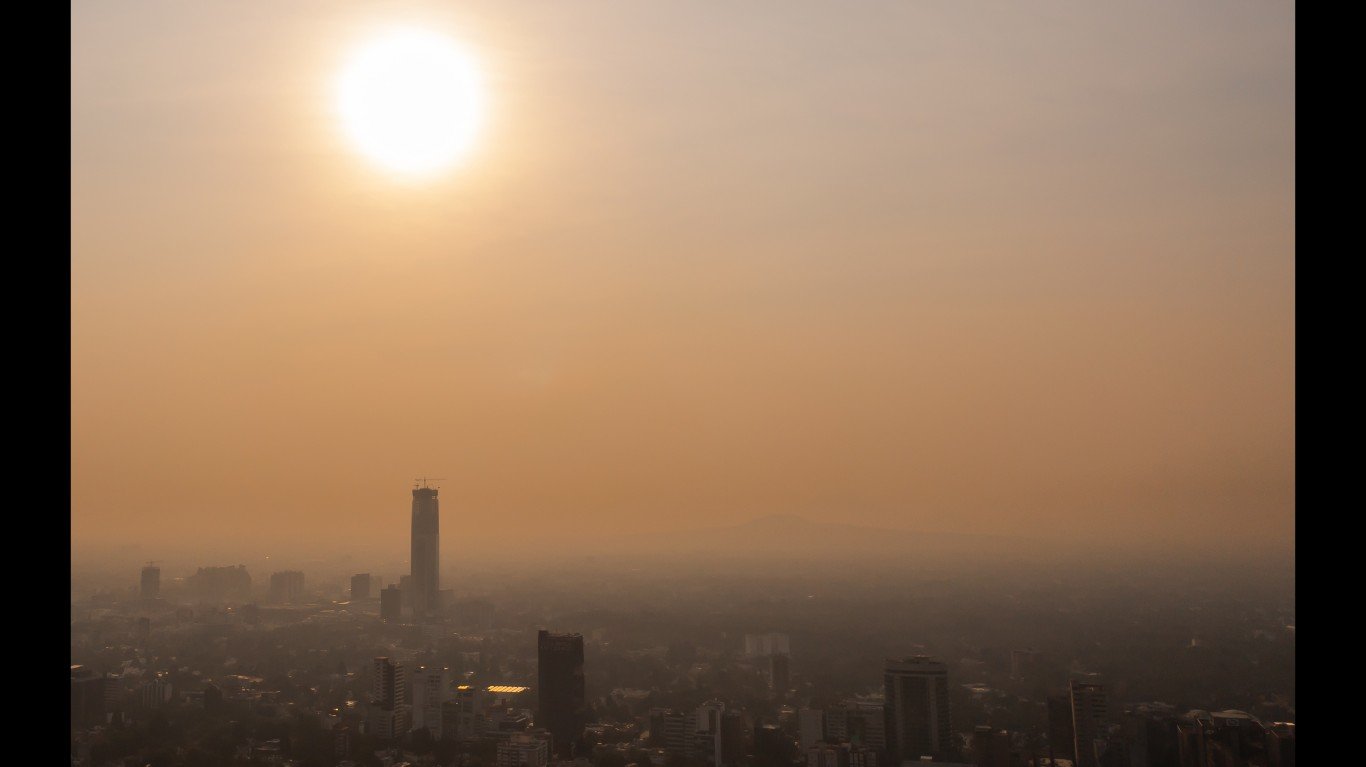
11. Diminished surface light
Surface light levels would remain under 40% of normal for three years. Low-light levels in the summer would be problematic for organisms that depend on photosynthesis to survive.

10. Stratospheric ozone losses
Absorption of solar radiation by soot would boost extreme stratospheric temperature changes. The increases in temperature of this magnitude would result in large losses of stratospheric ozone, allowing more unfiltered ultraviolet radiation to reach the surface.
[in-text-ad-2]
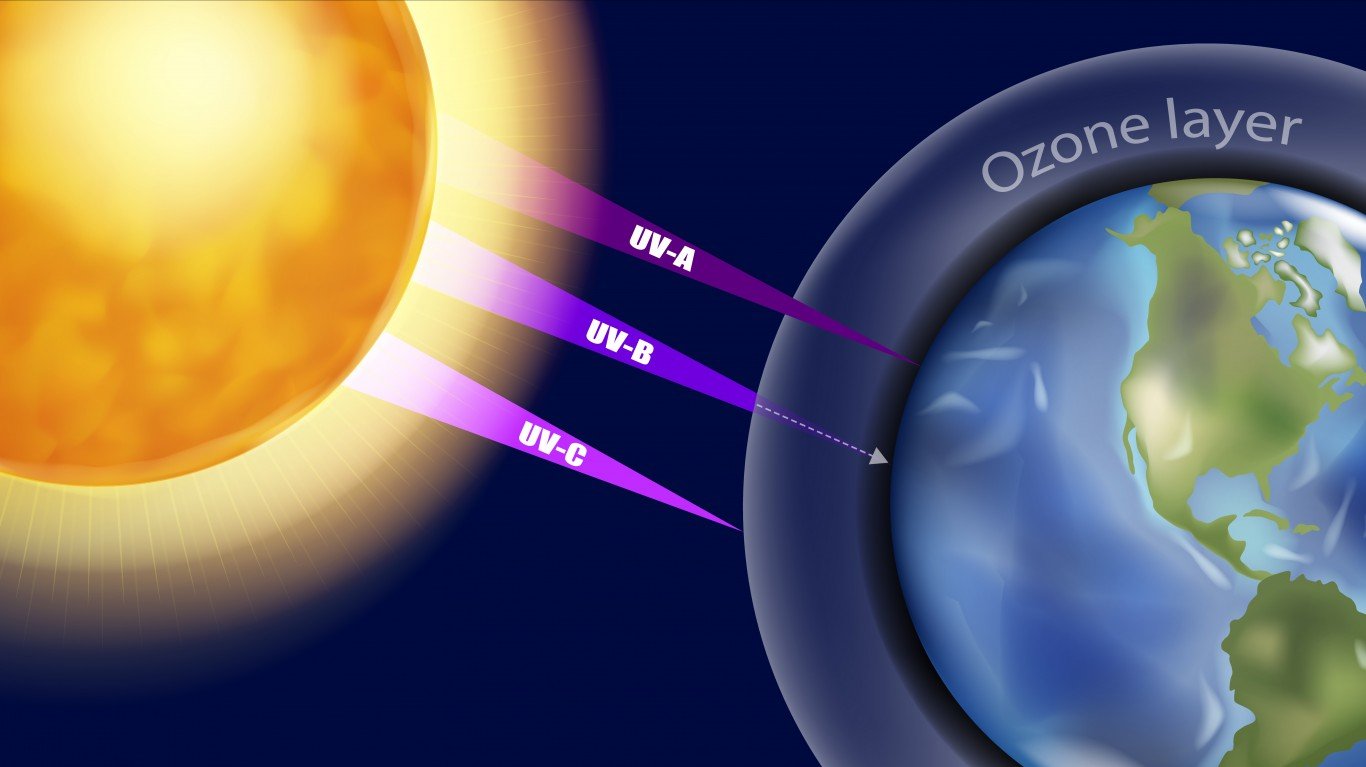
9. Water vapor
The photolysis of water vapor – the breakdown of water molecules into protons, electrons, and oxygen in the presence of light – would exacerbate ozone destruction, which would already be at higher levels because of stratospheric heating.
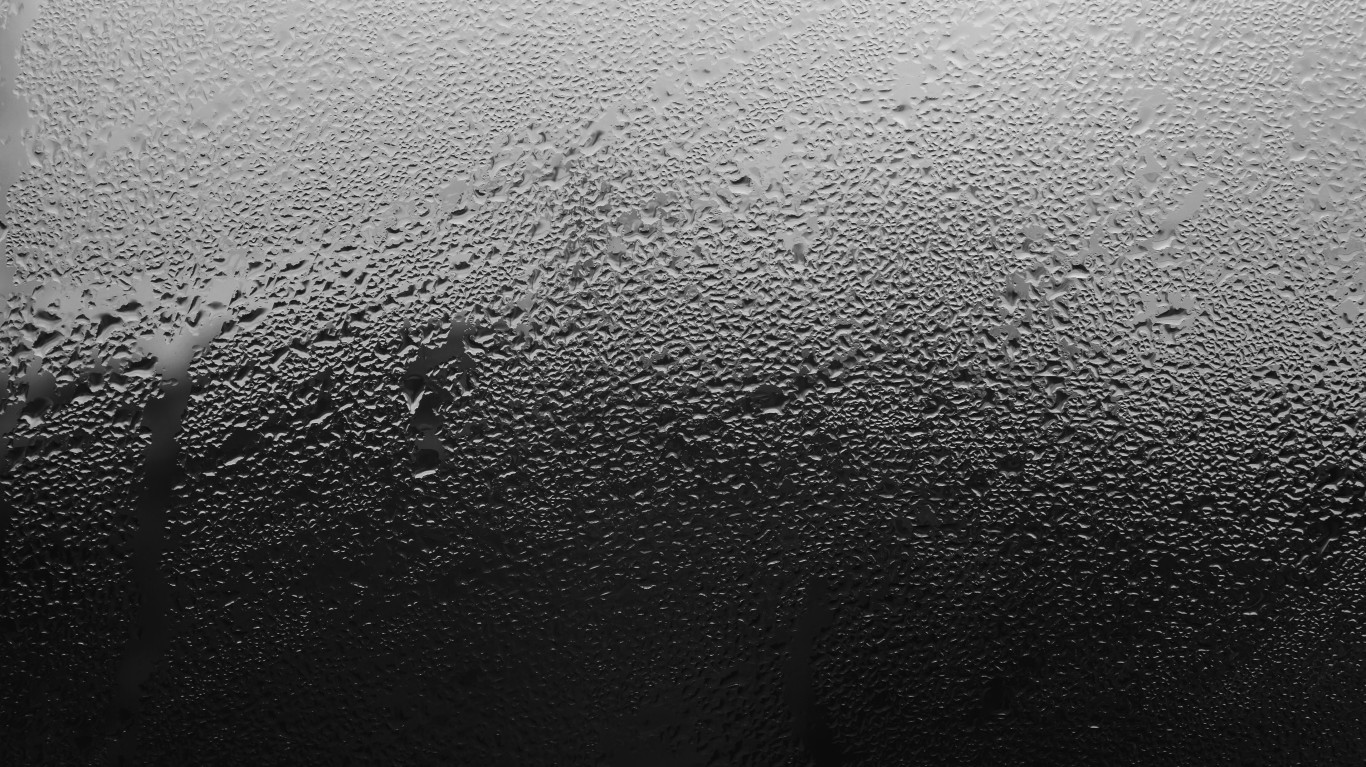
8. Precipitation declines
Global precipitation averages would drop by about 58% after soot injection into the stratosphere. The global hydrologic cycle would become much less active, with a reduction in summer monsoon precipitation.
[in-text-ad]
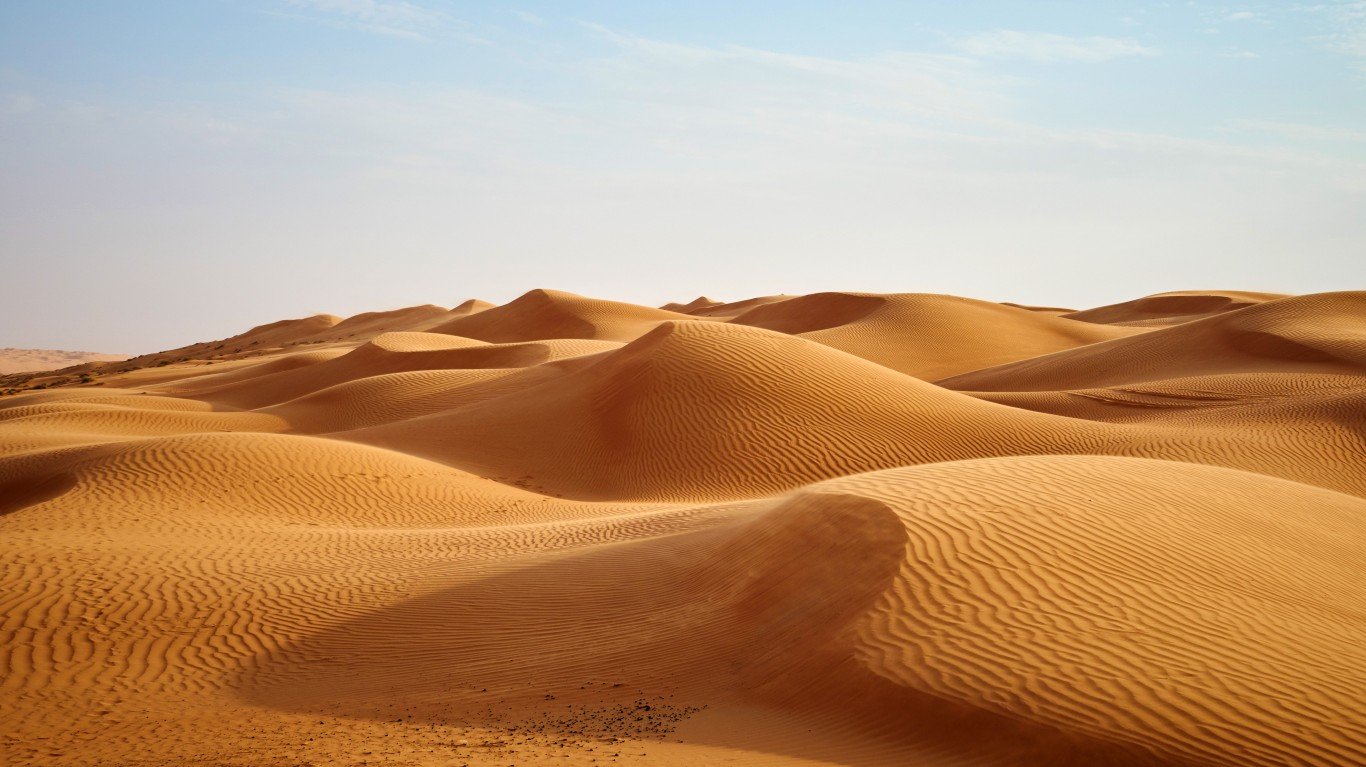
7. Rainfall pattern changes
There would be changes in rainfall patterns during a nuclear winter. The monsoon rains would weaken, and more rainfall would occur over desert areas. The weakening of the summer monsoon has been observed following volcanic eruptions.
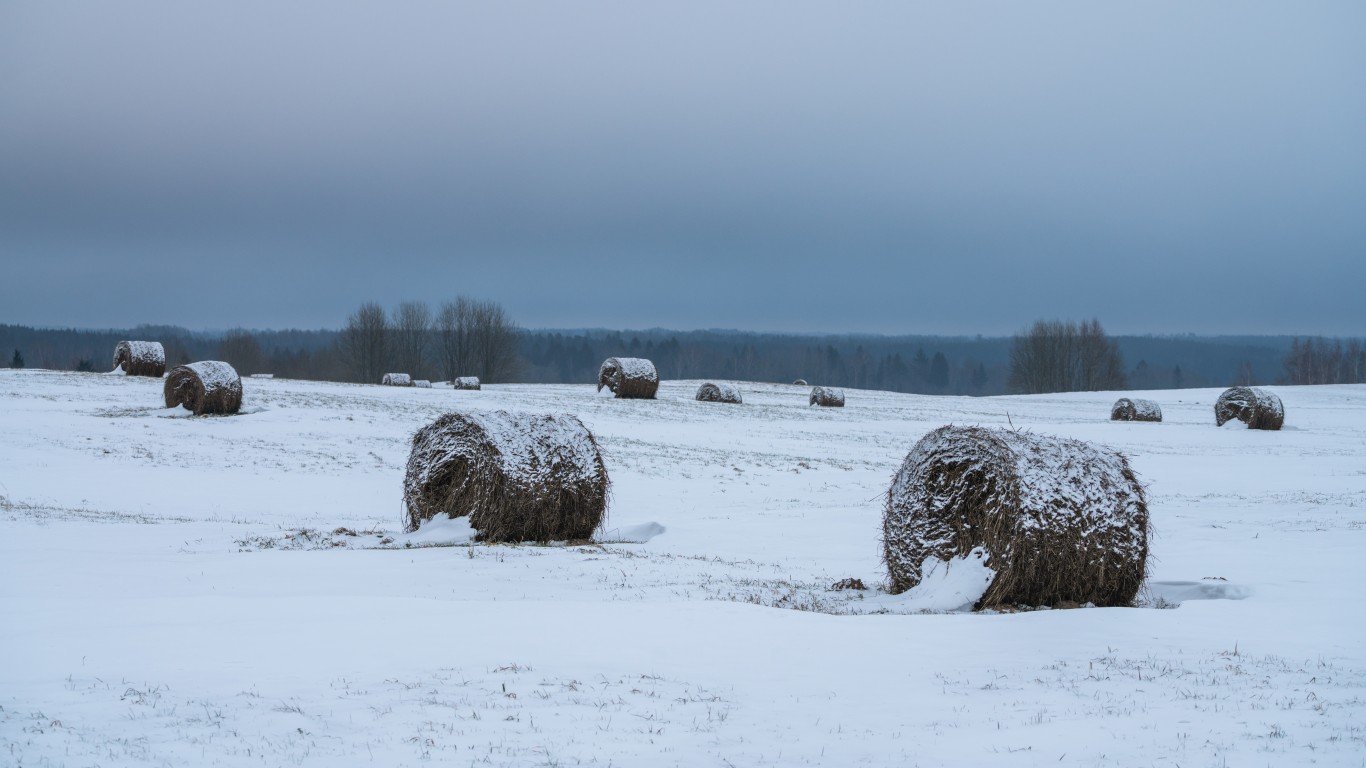
6. Growing season reduced
Following a nuclear war, during a nuclear winter, the growing season would be 90% reduced across many parts of the midlatitudes.

5. Crop failures
Not only would the growing season be reduced, but agricultural modelings of a regional nuclear war show an increased likelihood of crop failures.
[in-text-ad-2]
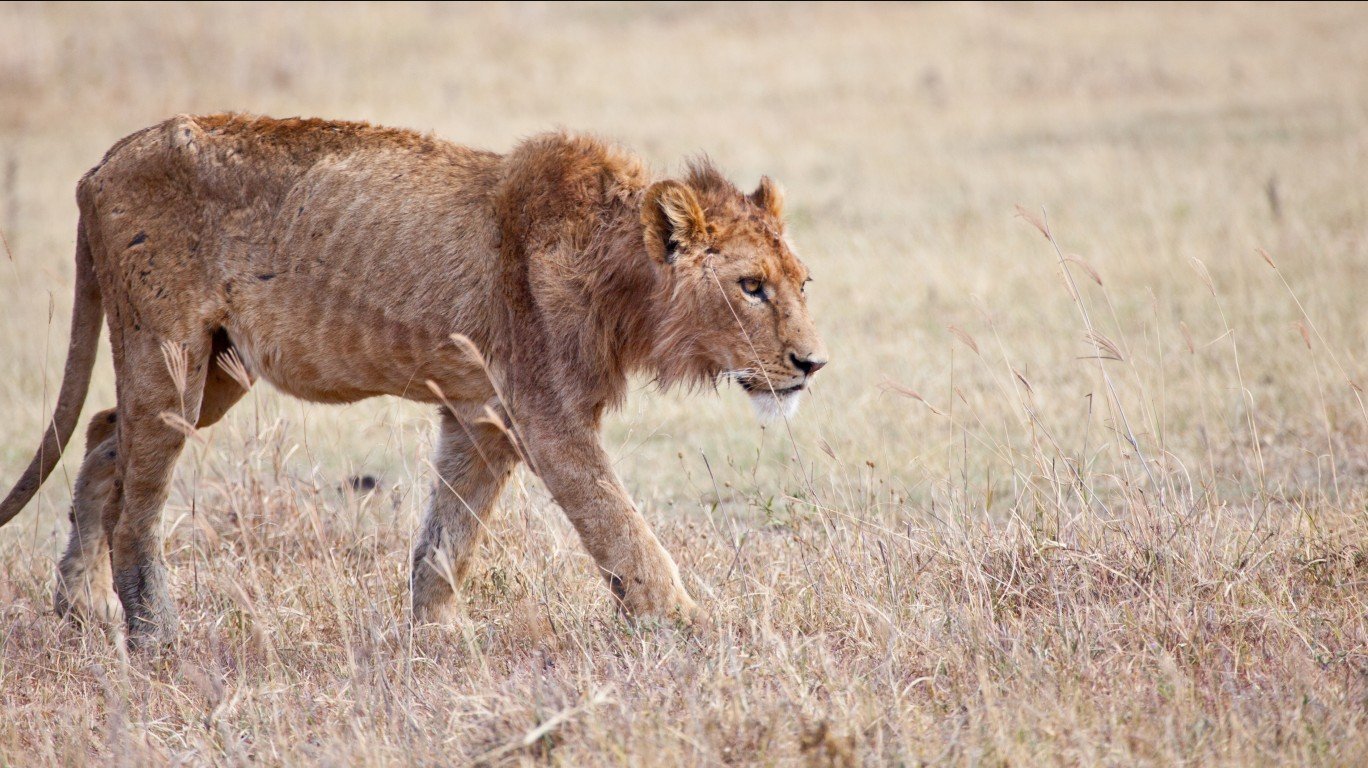
4. Famine
Global famine would follow widespread crop failures.
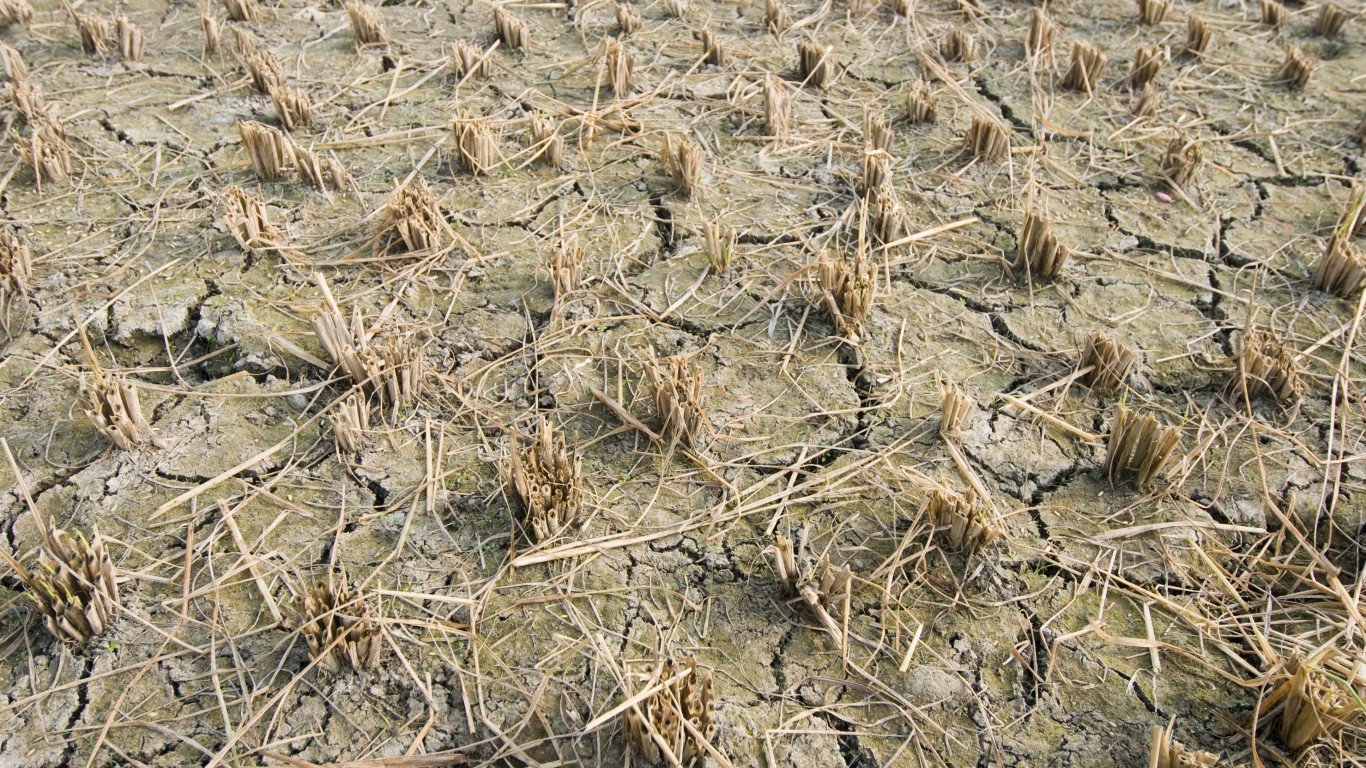
3. Photosynthesis disrupted
Solar radiation, important not only for surface temperatures but also for photosynthesis, would drop by 60% to 70% in the first few years of a nuclear winter.
[in-text-ad]
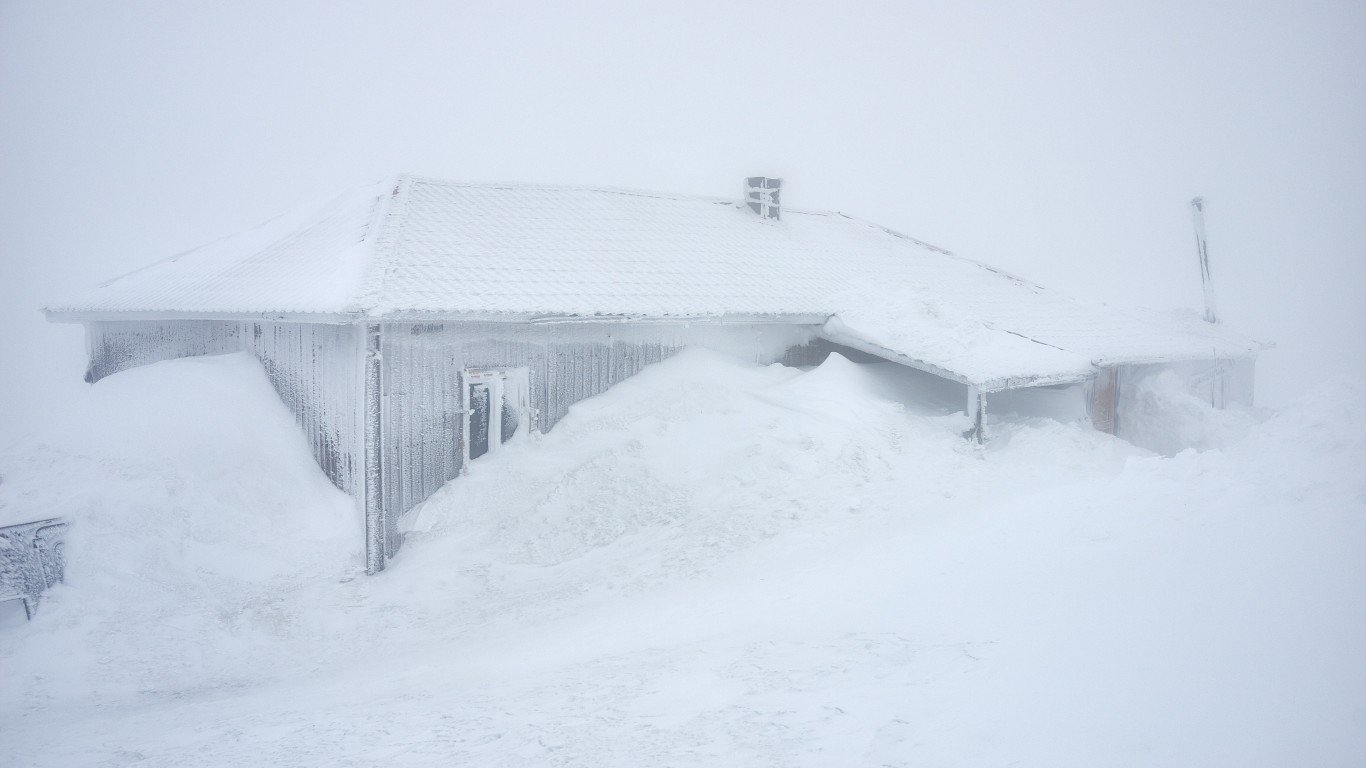
2. Nuclear winter
The varying scenarios for the theoretical nuclear winter depend on the severity of nuclear weapons exchange. Still, dark skies, widespread drought, fallout, and global temperature drops to those last seen in the previous ice age would occur in the Northern Hemisphere.
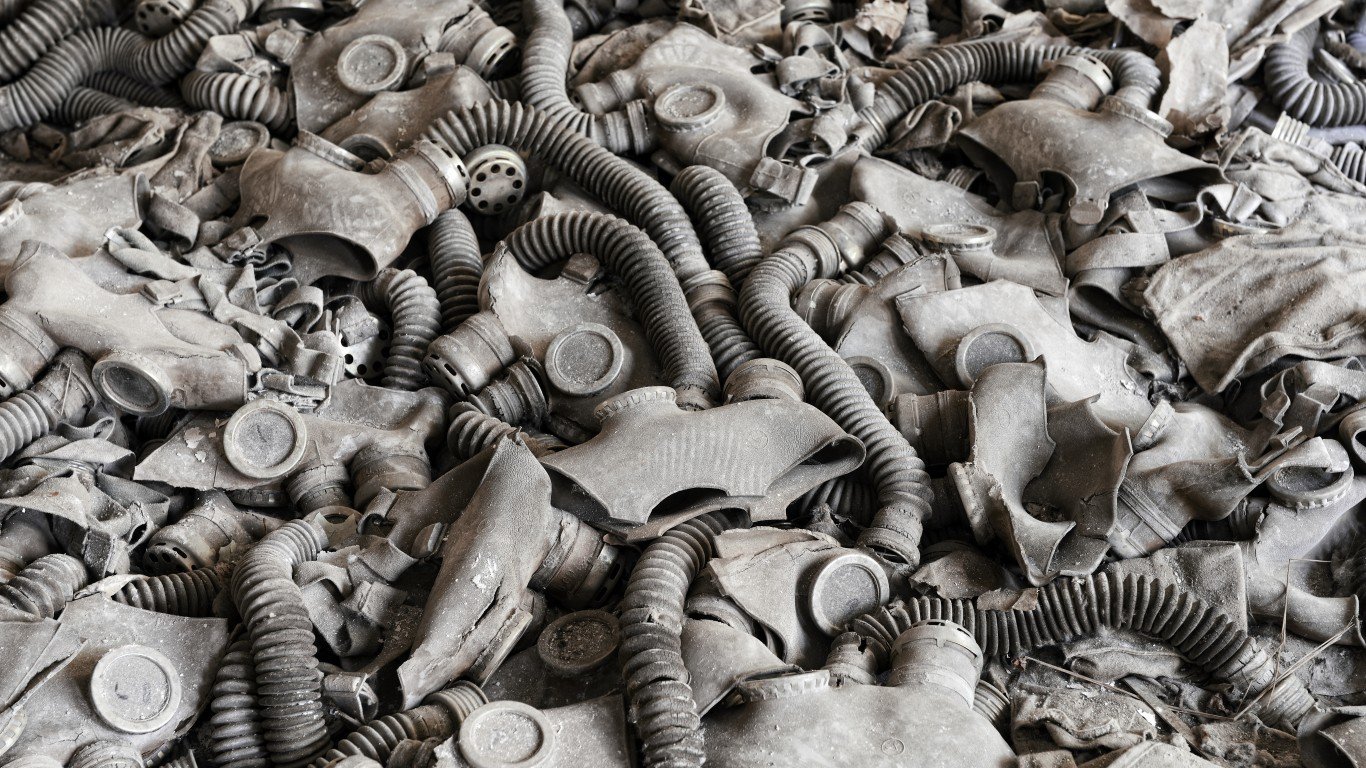
1. Mass extinction
In the worst-case scenario of a nuclear winter, a mass extinction event would take place.
Take This Retirement Quiz To Get Matched With A Financial Advisor (Sponsored)
Take the quiz below to get matched with a financial advisor today.
Each advisor has been vetted by SmartAsset and is held to a fiduciary standard to act in your best interests.
Here’s how it works:
1. Answer SmartAsset advisor match quiz
2. Review your pre-screened matches at your leisure. Check out the
advisors’ profiles.
3. Speak with advisors at no cost to you. Have an introductory call on the phone or introduction in person and choose whom to work with in the future
Take the retirement quiz right here.
Thank you for reading! Have some feedback for us?
Contact the 24/7 Wall St. editorial team.
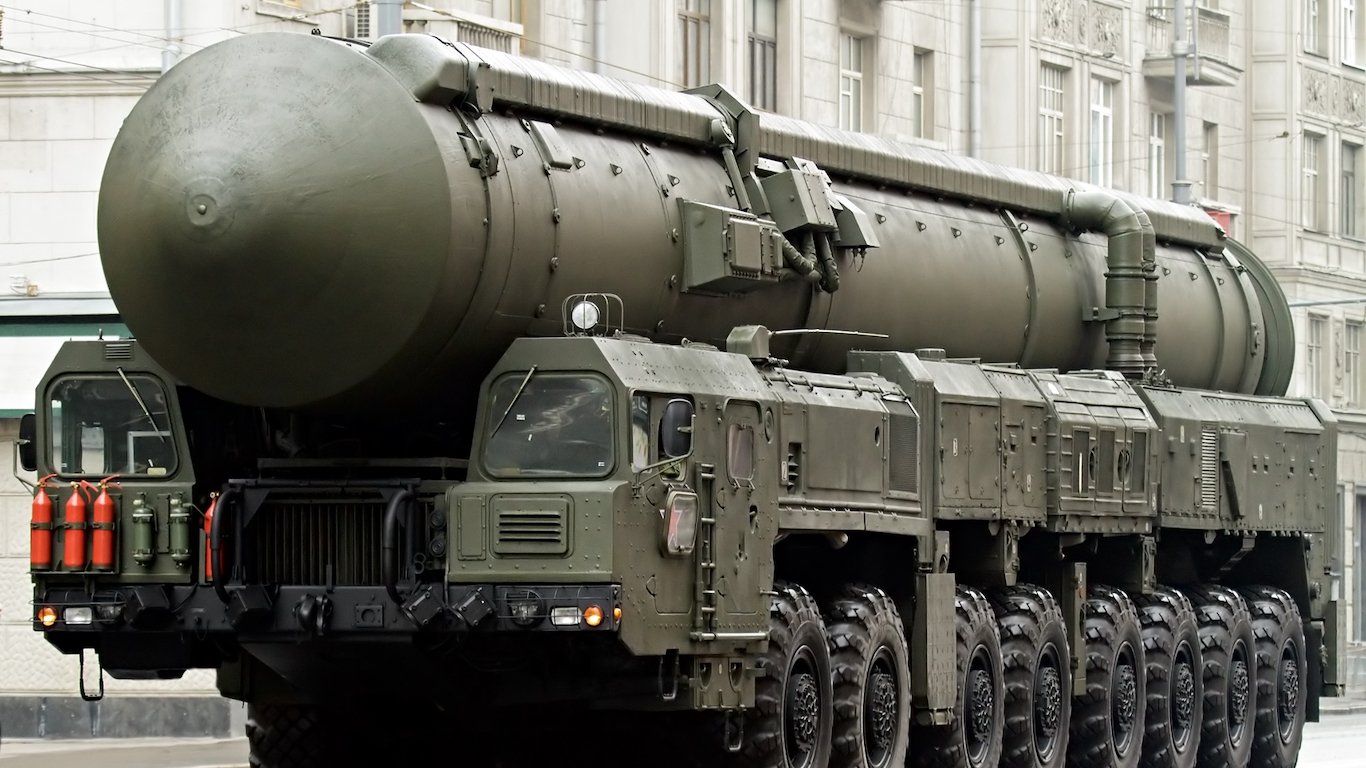 24/7 Wall St.
24/7 Wall St.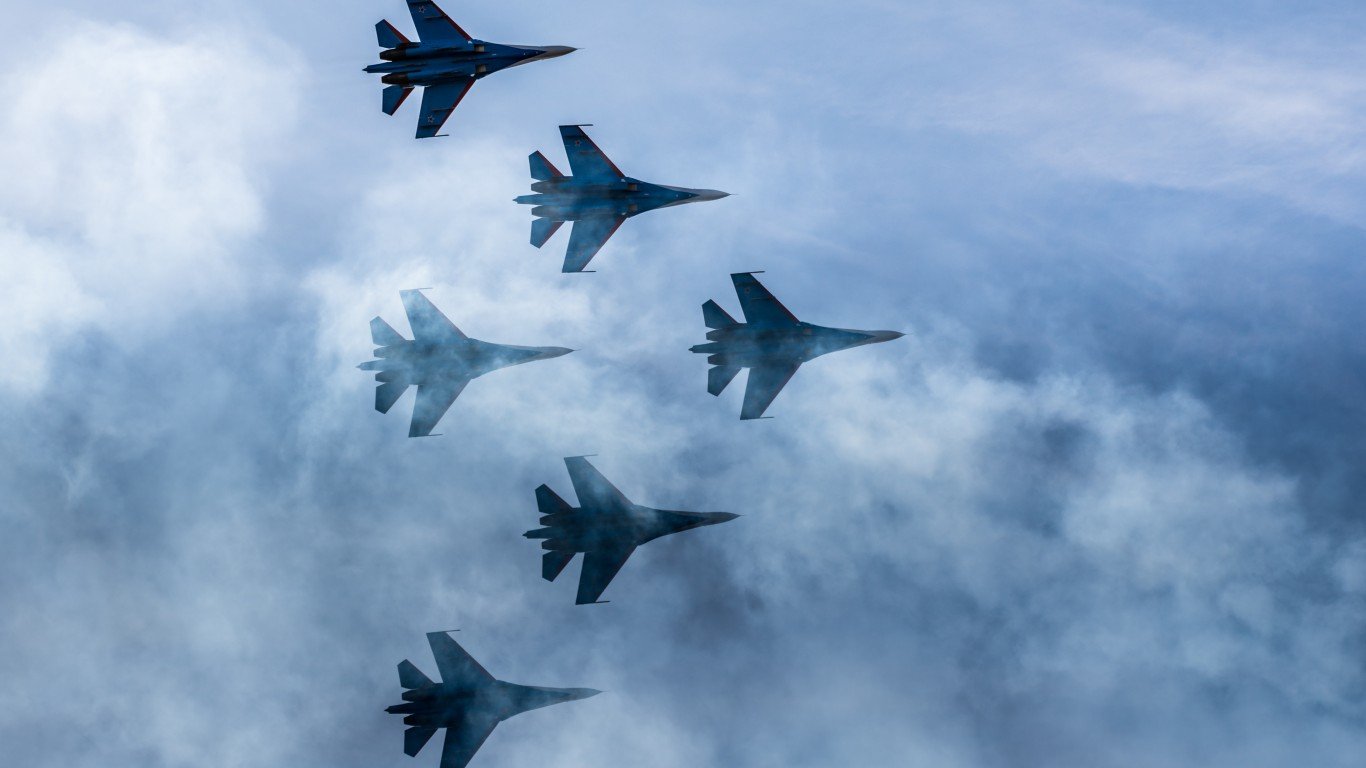 24/7 Wall St.
24/7 Wall St. 24/7 Wall St.
24/7 Wall St.


